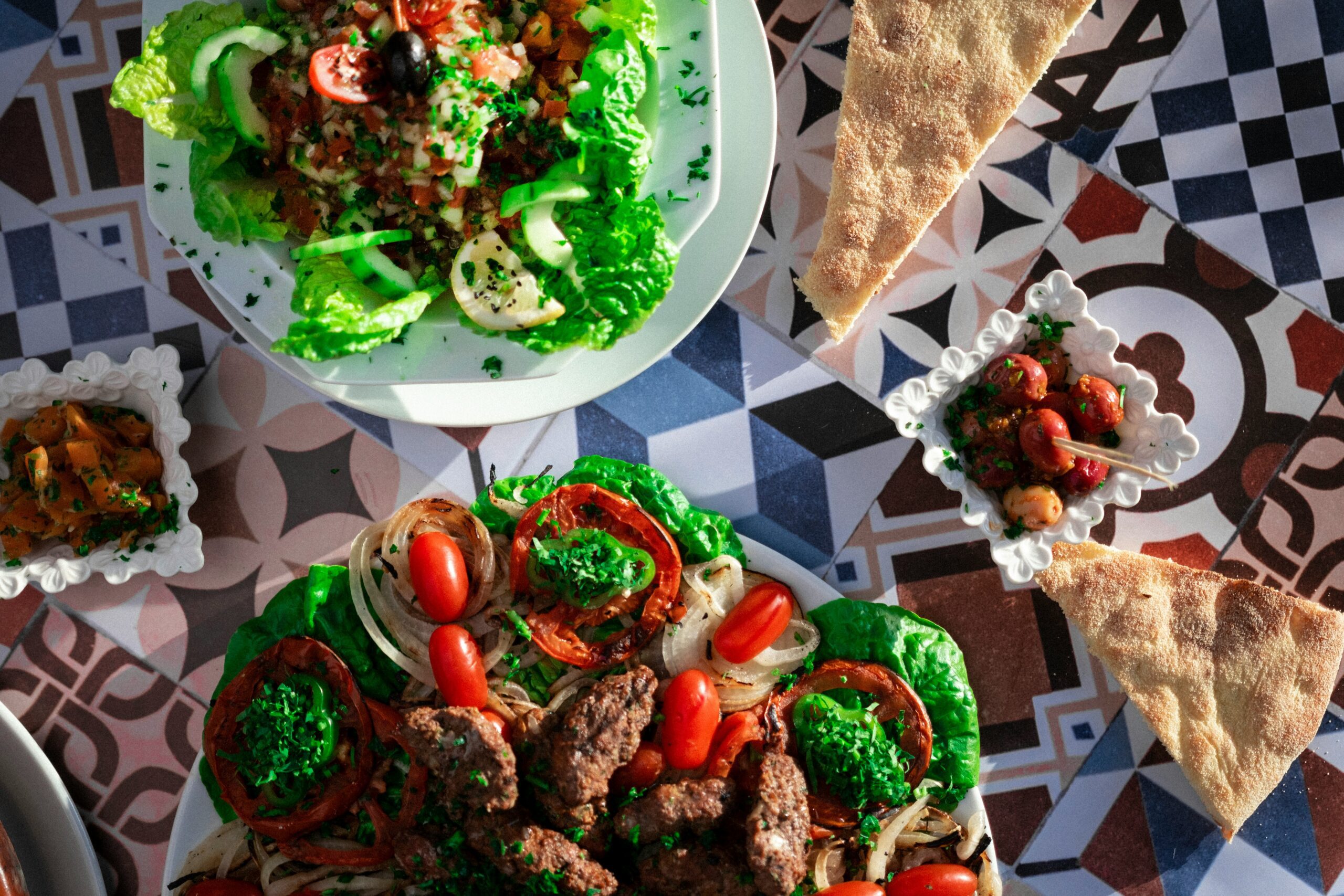

Introduction to the Role of Food in Culture
Food is more than just sustenance; it’s a vibrant tapestry woven from the threads of culture, history, and tradition. Each meal tells a story, reflecting the values and beliefs of its people. When we gather around a table—whether at home or in a bustling market—we’re not just sharing dishes; we’re sharing experiences.
In our increasingly globalized world, food serves as an essential bridge between cultures. It invites curiosity and fosters understanding in ways that words sometimes cannot. By exploring diverse cuisines, we open ourselves to new flavors while also embracing the rich backgrounds they come from.
As we embark on this journey through taste and tolerance, let’s discover how food can connect us all in unexpected ways.
The Concept of Taste and How it Differs Across Cultures
Taste is a fascinating tapestry woven from personal experiences and cultural backgrounds. What one person finds delicious, another may deem unpalatable. This divergence stems from various factors, including geography, history, and tradition.
In some cultures, spices are the stars of the show. They add vibrancy to meals and evoke deep-rooted memories. In contrast, others might favor subtle flavors that highlight the natural essence of ingredients.
Texture plays a key role too. Crunchy snacks can be treasured in certain regions while softness is celebrated elsewhere.
Sweetness varies as well; desserts differ dramatically across landscapes—each reflecting local ingredients and customs. A simple dish can tell an intricate story about its people.
Understanding these differences opens our eyes to new culinary delights and perspectives on what makes food comforting or exotic.
The Benefits of Trying New Foods and Expanding Your Palate
Trying new foods opens up a world of flavors and experiences. Each bite tells a story, connecting us to different cultures and histories.
Expanding your palate can also enhance your cooking skills. Experimenting with diverse ingredients inspires creativity in the kitchen. You might discover a unique combination that surprises everyone.
Moreover, tasting unfamiliar dishes encourages adventurous eating habits. It pushes you out of your culinary comfort zone, allowing for personal growth.
New foods can even affect mood and well-being. Many international cuisines focus on fresh, wholesome ingredients that nourish both body and soul.
Socially, sharing meals featuring novel dishes creates memorable moments with friends or family. Exploring food together cultivates camaraderie and sparks engaging conversations about culture and tradition.
How Sharing Meals Can Bring People Together
Sharing meals has a unique power to foster connections. When people gather around a table, barriers often dissolve. Laughter and conversation flow as dishes are passed and stories are shared.
Food acts as a universal language. A steaming pot of stew or a platter of fresh bread invites everyone to partake. Each bite can spark discussions about traditions, family recipes, or memorable experiences tied to that dish.
In many cultures, breaking bread together symbolizes trust and friendship. It creates an atmosphere where differences fade into the background. Whether it’s a casual barbecue or an elaborate feast, these moments strengthen bonds.
Even in today’s fast-paced world, slowing down for a meal can be transformative. It reminds us of our common humanity—our need for connection and community through something as simple yet profound as food.
Examples of Cultures Where Food is a Central Aspect of Social Interactions
In Italy, meals are more than just sustenance; they embody family and friendship. The tradition of Sunday dinners brings loved ones together around the table, creating bonds over pasta and laughter.
Meanwhile, in Japan, food is a deeply ingrained cultural experience. Sharing sushi or ramen not only satisfies hunger but also fosters connection. The act of eating together emphasizes harmony and respect.
Across the globe in Mexico, communal feasting is vibrant during festivals. Dishes like tamales and pozole showcase culinary heritage while encouraging social interaction among families and friends.
Middle Eastern cultures often gather for lavish spreads that reflect hospitality. Sharing mezze plates creates an atmosphere where conversation flows as freely as the aromatic spices enhance each bite.
These examples illustrate how food serves as a universal language that transcends barriers and strengthens community ties.
Conclusion: Embracing Diversity Through Food
Food is more than just sustenance; it’s a universal language that transcends borders. When we gather around the table, we open ourselves to new experiences and perspectives. Each dish tells a story, revealing cultural nuances that enrich our understanding of one another.
Embracing diverse cuisines encourages us to step outside our comfort zones. It fosters connections with others and bridges divides that may seem insurmountable. Sharing traditional recipes or even experimenting with unfamiliar ingredients can be an adventure filled with discovery.
As we savor flavors from different cultures, we’re reminded of the beauty in diversity. It’s about creating memories over shared meals and building relationships through culinary exploration. So next time you have the chance, consider trying something new or inviting someone to join you for dinner.
By celebrating food’s ability to unite us, we take meaningful steps toward greater tolerance and appreciation of one another’s backgrounds. After all, each bite has the potential to bring us closer together in this vast tapestry of human experience.
